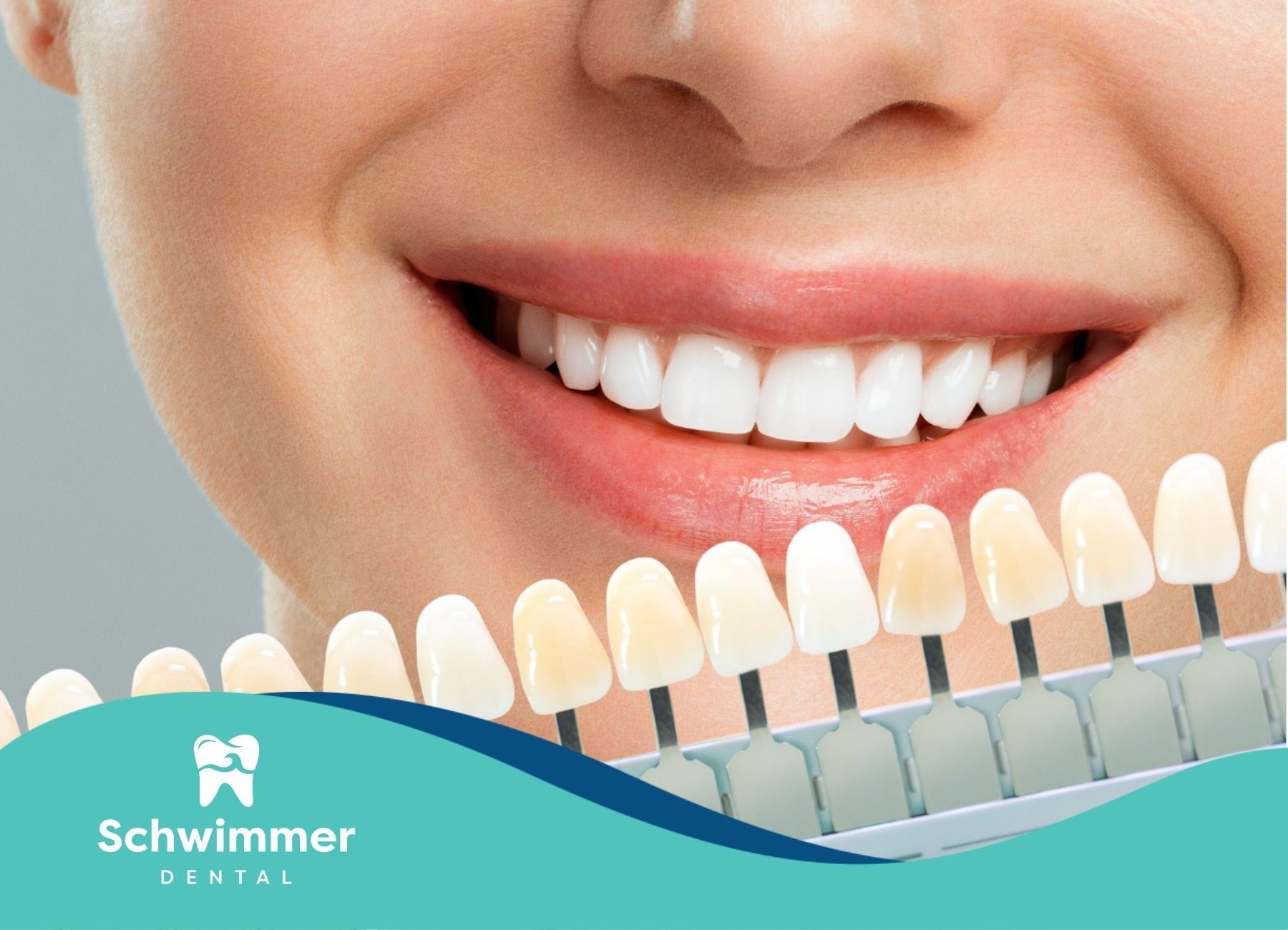The Right Way to Remove a Temporary Filling Without Harming Your Tooth
Temporary dental fillings play a crucial role in protecting a tooth after procedures like root canals, cavity preparations, or emergency treatments. While they are not meant to last long-term, some people wonder if they can remove them at home. However, improper removal can lead to complications such as infection, pain, or damage to the tooth structure.
A patient came to our clinic after attempting to remove his temporary filling at home. He had used a toothpick and a pair of tweezers, thinking it would be a simple task. Instead, he ended up scraping the enamel off his tooth and irritating his gums.
When he sat in the dental chair, he admitted, “I just thought I could save myself a trip.” After examining the tooth, we carefully removed the remaining filling, cleaned the area, and advised him on the risks of DIY dental work.
If you're considering removing a temporary filling, it's important to understand how they work, the risks of DIY removal, and why professional dental care is the safest approach.
What are Temporary Dental Fillings and Why are They Used?
Temporary dental fillings are designed to act as short-term solutions. Dentists use them for several reasons, including:
Post-Procedure Protection
After a root canal or deep cavity filling, the tooth needs time to heal before a permanent restoration is placed.
Emergency Situations
If a patient has a sudden cavity or broken filling and a permanent fix isn’t immediately available, a temporary filling provides short-term relief.
Diagnostic Purposes
Sometimes, dentists place temporary fillings to observe whether a tooth requires further treatment, such as a crown or root canal.
Unlike permanent fillings, which are made from durable materials like composite resin or amalgam, temporary fillings are typically made from softer materials such as zinc oxide or glass ionomer cement. These materials are not meant to withstand long-term chewing and can break down over time.
Can You Remove a Temporary Filling at Home?
Many people wonder, "How do I remove a temporary dental filling at home?" While some sources online suggest DIY methods, there are several risks to consider:
Risks of DIY Temporary Filling Removal
- Tooth Damage – Temporary fillings cover and protect vulnerable areas of the tooth. Removing them improperly can strip away healthy enamel or expose sensitive inner layers.
- Incomplete Removal – Some filling material may be left behind, leading to irritation and the risk of bacteria buildup.
- Infection Risk – Unsterile tools and improper techniques can introduce bacteria, increasing the likelihood of infection.
- Increased Pain and Sensitivity – Premature removal can expose nerves, causing pain or heightened tooth sensitivity to hot and cold foods.
While some temporary fillings may naturally wear down over time, it's always best to consult a dentist before attempting removal.
How Do Dentists Remove a Temporary Filling?
Dentists follow a safe and effective process when removing a temporary dental filling:
1. Examining the Filling and Tooth
The dentist will assess the condition of the temporary filling and ensure the tooth is ready for a permanent restoration.
2. Numbing the Area (If Needed)
In some cases, local anesthesia may be applied to prevent discomfort.
3. Careful Removal
Using specialized dental instruments, the dentist will carefully extract the temporary material without harming the tooth.
4. Cleaning the Cavity
The area is thoroughly cleaned to remove debris or bacteria.
5. Replacing with a Permanent Filling or Crown
Depending on the situation, the dentist will place a permanent filling, crown, or other restoration to ensure long-term tooth protection.
Professional removal ensures the tooth remains intact and minimizes the risk of dental filling complications.
What Happens If You Leave a Temporary Filling Too Long?
Temporary fillings are not designed for long-term use. Leaving them for too long can lead to several issues, including:
Breakage or Erosion
Temporary fillings wear down faster than permanent ones. If they break apart, food and bacteria can enter the cavity.
Tooth Decay
If a filling deteriorates, bacteria can infiltrate the tooth, leading to decay beneath the filling.
Gum Irritation
Exposed tooth surfaces can cause irritation or inflammation in surrounding gum tissue.
Tooth Fracture
Some temporary fillings protect weakened teeth. If left too long, the tooth may crack or break.
To avoid these complications, it’s essential to follow your dentist’s recommended timeline for permanent restoration.
How to Care for a Temporary Filling Before Removal
If you have a temporary filling, follow these guidelines to prolong its effectiveness:
Avoid Sticky and Hard Foods
Chewy candies, hard nuts, and crunchy snacks can dislodge or damage the filling.
Brush Gently
Use a soft-bristled toothbrush and avoid scrubbing too hard around the temporary filling.
Floss Carefully
Instead of pulling the floss upward, slide it out gently to avoid dislodging the filling.
Watch for Signs of Damage
If you notice cracks, pain, or sensitivity, contact your dentist as soon as possible.
Proper dental care will help your temporary filling stay intact until it’s time for a permanent replacement.
Conclusion
Temporary dental fillings serve an essential purpose in protecting a tooth until a permanent solution is available. While removing them at home may seem like a quick fix, it comes with significant risks, including tooth damage, infection, and incomplete removal. Seeking professional dental care ensures safe removal and prevents complications.
If you have concerns about your temporary filling or need a permanent restoration, Schwimmer Dental is here to help. Our experienced team provides expert care to keep your teeth healthy and strong. Contact us today to schedule an appointment and ensure your smile stays in top shape!
FAQs
How long can a temporary filling last?
Temporary fillings are designed to last a few weeks to a couple of months. It's essential to replace them with permanent fillings promptly to avoid complications.
Can I eat normally with a temporary filling?
While you can eat, it's advisable to avoid hard, sticky, or chewy foods that could dislodge or damage the filling.
Is it normal for a temporary filling to cause sensitivity?
Some sensitivity is normal after getting a temporary filling. However, if it persists or worsens, consult your dentist.
Sources:
- https://www.sensodyne.com/en-gb/oral-health-tips/temporary-tooth-filling/
- https://www.dentalhealth.org/different-filling-materials
- https://my.clevelandclinic.org/health/treatments/17002-dental-fillings
- https://www.healthline.com/health/temporary-filling
- https://pmc.ncbi.nlm.nih.gov/articles/PMC7885448/



